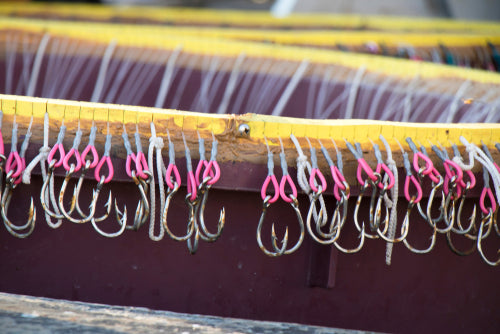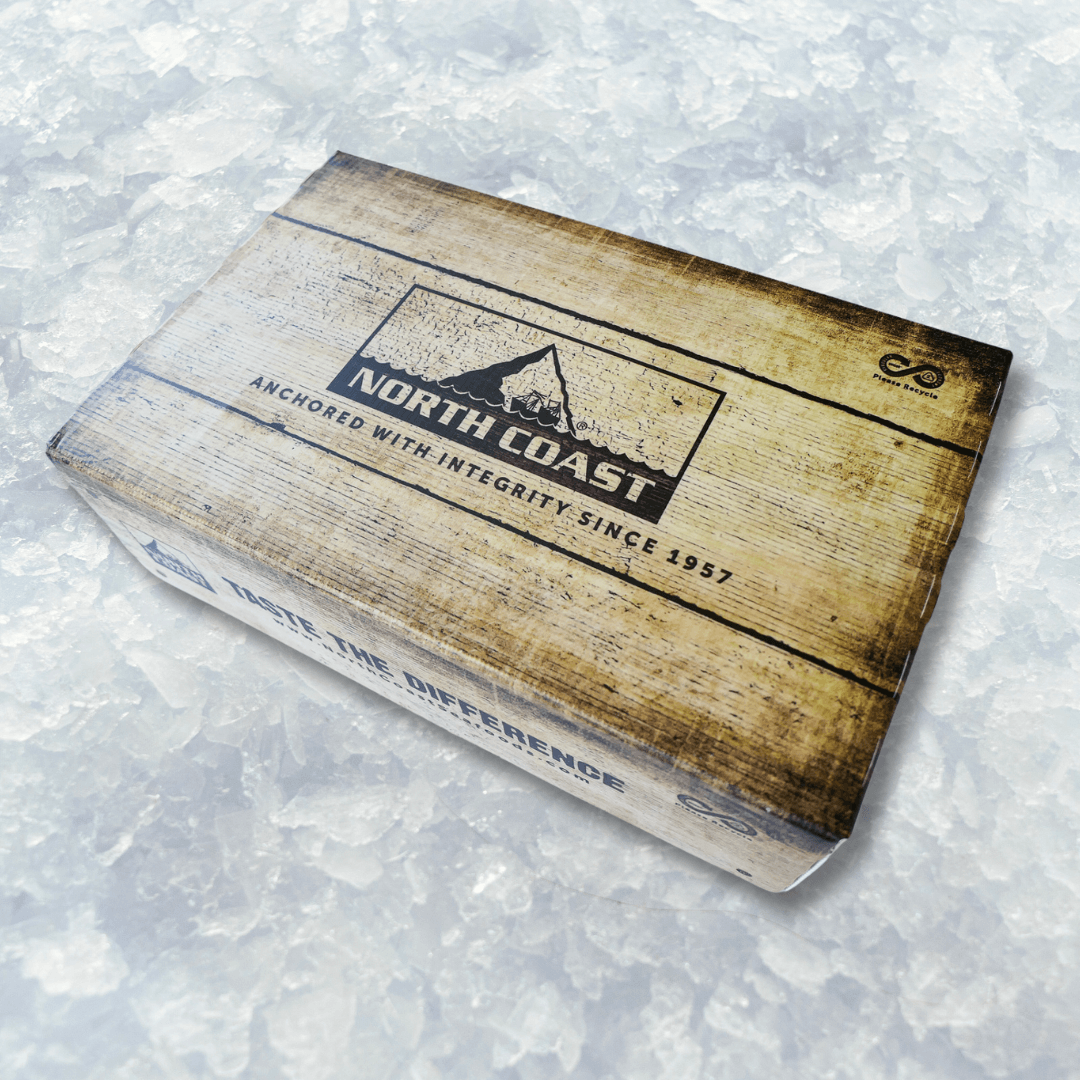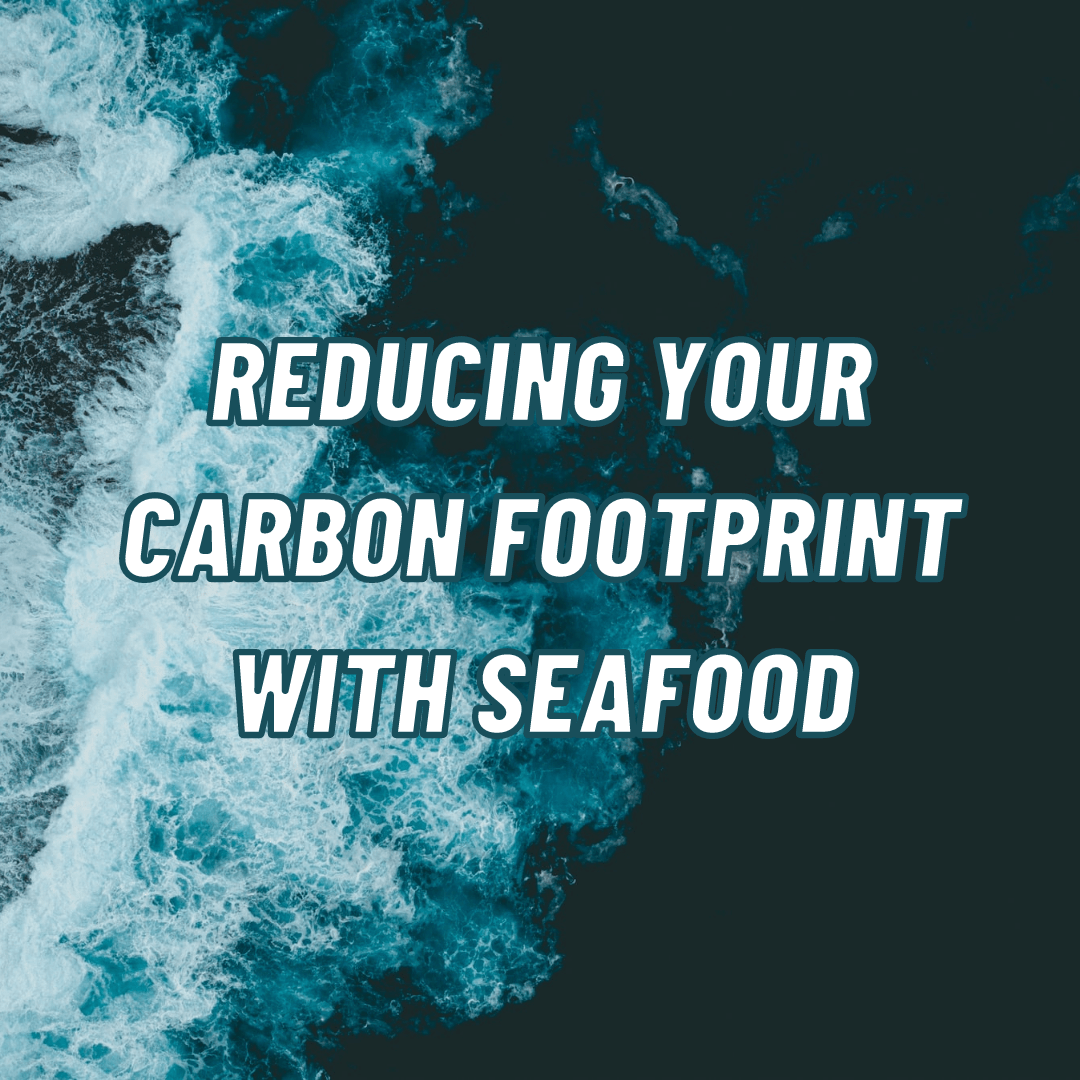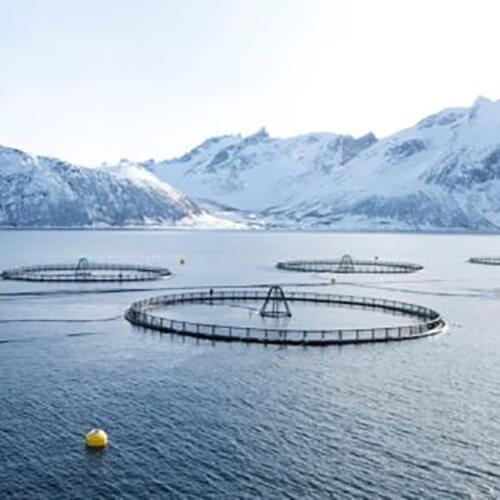Your Cart is Empty
FREE SHIPPING ON ALL ORDERS OVER $125!
FREE SHIPPING ON ALL ORDERS OVER $125!
FREE SHIPPING ON ALL ORDERS OVER $125!
Humans have relied on the bounty of the sea for sustenance and livelihoods for centuries. However, the age-old practice of fishing has rapidly evolved as the global population continues to grow and the demand for seafood escalates.
One of the most traditional fishing techniques that has gained attention is "longline fishing." This method is widely recognized as one of the most natural, responsible techniques, benefitting both fish quality and ocean sustainability. Join us on this journey beneath the ocean’s surface to learn about longline fishing and uncover why it’s considered the future of sustainable fishing practices.
Longline fishing, also known as “hook and line”, is a commercial fishing technique used to catch a variety of fish and seafood species. It involves the use of a long, horizontal main fishing line, which can be several miles in length, to which numerous baited hooks are attached at regular intervals. As the Marine Stewardship Council explains, longlines can be set for pelagic (midwater) or demersal (bottom) fishing, depending on the target species.
While this is just a brief overview of what longline fishing is, it’s also helpful to understand how exactly this technique works.
Longline fishing is used to target a wide range of species, including cod, haddock, tuna, swordfish, halibut, and various types of bottom-dwelling fish. It is can be employed in both offshore and deep-sea environments.
This commercial fishing technique works by:
As you can see, longline fishing offers a more precise, meticulous approach when compared to other commercial fishing methods such as trawling or dredging. This is largely why it is considered to be one of the best and most sustainable fishing techniques that can still be conducted on a large scale.
At North Coast Seafoods, we are committed to sourcing longline caught fish, also known as ‘hook and line’.

Longline fishing, when practiced responsibly and sustainably, can offer several benefits. Let’s take a closer look at some of them.
Compared to other fishing techniques, longline fishing causes minimal disruptions to the environment. Trawling, in particular, has been shown to destroy the natural seafloor habitat by dragging a large net across the seabed. This method can be very harmful to the environment as it impacts many natural habitats and animals who live on the seafloor.
Longline fishing, on the other hand, does not interfere with the ocean floor. The lines simply soak in the water without causing a major impact on underwater environments. The Marine Stewardship Council (MSC) also offers a certification for long-line operations that are committed to improving their monitoring programs and mitigating interactions with non-target species.
As an example, our Naked Wild Cod is longline caught and Certified Sustainable by the MSC.
Bycatch, or the unintentional catch of non-target species, is always a concern in the fishing industry. Longline fishing has significantly lower levels of bycatch, especially compared to trawling which uses a large net to indiscriminately catch fish.
NOAA Fisheries shares that current bycatch reduction measures include the use of circle hooks. These hooks are (as the name suggests) circular and have a smaller opening that reduces the likelihood of turtles and marine mammals ingesting hooks or being caught. The experts emphasize that circle hooks used in combination with finfish bait like mackerel significantly reducing sea turtle bycatch.
Longline fishing operations can also follow these recommendations to reduce the severity of potential bycatch:
Longline fishing allows for more precise targeting of species, which is also a component that helps mitigate bycatch. Commercial fisherman can be deliberate with their hooks, bait, and location of the longline to target species.
Not only does this make for more efficient fishing, but it can also help in the conservation of overfished species by focusing on more abundant and sustainable ones.
When fish are caught in massive nets or dragged across the sea floor, they are also more likely to be beaten up. Sometimes it’s damage to the external part of the fish, but it can also be bruises to their flesh that isn’t evident until the fish has been filleted.
Longline fishing resolves this problem by ensuring each fish is handled with care. Rather than hauling in thousands of fish at once, fishermen must un-hook one fish at a time from the longline , keeping the fish un-bruised and yielding the highest quality seafood. This helps to maintain peak quality of the fish from boat to plate.
At North Coast Seafoods, our fish are locally sourced from communities around the globe, using the sustainable, long-line fishing method. The small boats we partner with deliver fish within hours of catch, and then we hand-select only the best that end up reaching your plate.
January 20, 2025
Great information would like to know much more about longlining
Comments will be approved before showing up.



Sign up to receive the best seafood recipes, first access to new products, exclusive discounts and more!
DeepSeaDrift
March 14, 2025
Longline fishing is indeed a fascinating technique that balances efficiency with sustainability. By targeting specific species and reducing bycatch, it helps maintain marine ecosystems while ensuring high-quality fish. Exploring its impact on ocean conservation is essential for the future of responsible fishing. Looking forward to learning more about this innovative practice! 🌊🎣 https://fishingprogear.net/